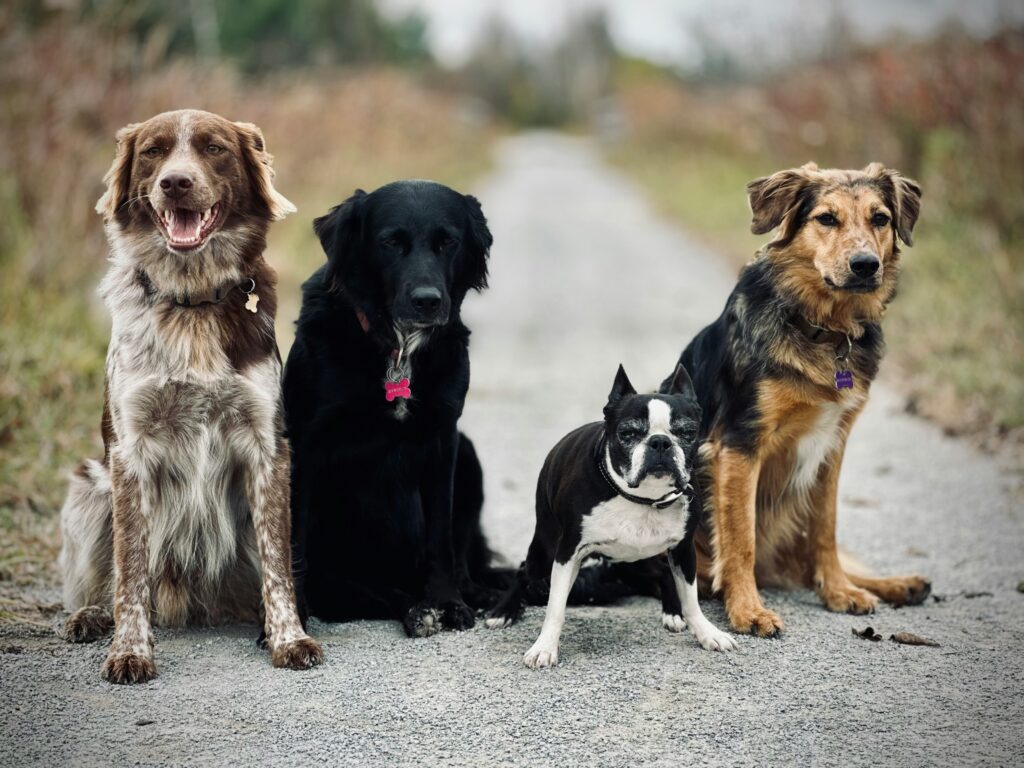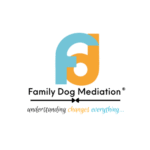
When scrolling through social media or walking through the neighborhood, it’s easy to fall in love with a dog’s appearance. That fluffy coat, those piercing blue eyes, or that perfectly compact size can capture our hearts instantly. But choosing a dog based on looks alone is like buying a sports car to haul lumber—you might end up with something beautiful that can’t do what you actually need.
The Real Cost of Form Over Function
Dogs weren’t bred to be living sculptures. Each breed was developed for specific work: herding sheep, hunting game, guarding property, or providing companionship. When we ignore these deeply ingrained purposes and select purely on aesthetics, we often create problems for both ourselves and our dogs.
Consider the person who chooses a Border Collie because they’re gorgeous and highly intelligent, but lives in a small apartment and works long hours. That dog’s herding instincts don’t disappear just because there are no sheep around. Instead, they might try to “herd” children, chase cars obsessively, or develop destructive behaviors from unused mental energy.
Matching Energy to Lifestyle
A dog’s function directly relates to their energy requirements and exercise needs. Working breeds like German Shepherds, Australian Cattle Dogs, and Jack Russell Terriers were bred to work all day. They need jobs—real or manufactured ones. If your idea of weekend adventure is binge-watching Netflix, a high-energy working breed will likely become your biggest source of stress rather than joy.
On the flip side, choosing a dog whose function aligns with your lifestyle creates harmony. If you’re an avid hiker, a breed developed for endurance work might be perfect. If you want a calm companion for quiet evenings, breeds developed primarily for companionship will likely fit better.
Special Considerations for Rescue Dogs
When adopting from shelters or rescues, the form-over-function trap becomes even more problematic. Many rescue dogs end up homeless precisely because their original families chose them for the wrong reasons—often based on appearance, size, or impulse rather than compatibility.
Shelter staff and rescue volunteers are invaluable resources for understanding a dog’s actual needs and temperament. They’ve observed these dogs in various situations and can tell you whether that adorable Husky mix actually needs three hours of exercise daily, or if the gentle-looking pit bull mix is actually reactive with other dogs.
Mixed breeds in shelters often carry the traits of their dominant breeds, but these aren’t always obvious from appearance alone. A small, fluffy dog might have significant terrier genetics that manifest as high prey drive and stubborn independence. That medium-sized, calm-looking dog might be part cattle dog and become destructive without proper mental stimulation.
Ask shelter staff or the rescue about the dog’s history if known, their behavior in different situations, exercise requirements, and any behavioral challenges. Many rescues also offer foster-to-adopt programs that let you experience the dog’s true personality in your home environment before making the commitment permanent.
Temperament Runs Deeper Than Training
While training can modify behavior, it can’t fundamentally change a breed’s temperament. Guardian breeds will always be somewhat suspicious of strangers—that’s not antisocial behavior that needs fixing, it’s their job. Terriers will always have prey drive. Retrievers will always want to carry things in their mouths.
For rescue dogs, these traits can be modified by their experiences, but the underlying genetic tendencies remain. A rescue dog who was poorly socialized might be more intense in displaying breed-typical behaviors. However, these traits can be managed and channeled appropriately with patience and understanding. The key is working with a dog’s natural instincts rather than against them.
The Health Connection
Form-focused breeding often emphasizes extreme physical features that can compromise health and function. The shortened airways of flat-faced breeds, the back problems common in elongated breeds, or the joint issues in giant breeds often result from prioritizing appearance over the dog’s ability to breathe, move, and live comfortably.
Many rescue dogs come from backgrounds where health wasn’t prioritized, but mixed breeds often have fewer genetic health issues than purebreds due to hybrid vigor. However, rescue dogs may come with unknown health histories, making it even more important to choose based on current functional needs rather than just appearance.
Finding Your Functional Match
Start by honestly assessing your lifestyle, living situation, and what you want from a dog relationship. Are you looking for a jogging partner, a gentle family companion, a watchdog, or a couch buddy? How much time can you realistically dedicate to exercise, training, and grooming?
When working with shelters or rescues, be upfront about your lifestyle and expectations. A good rescue organization wants to make successful matches and will help guide you toward dogs whose needs align with what you can provide. Don’t be offended if they suggest a different dog than the one that caught your eye—they’re trying to prevent future surrenders.
Consider fostering first if possible. This gives you a realistic picture of what life with that dog would be like and helps you determine if their needs truly match your capabilities.
When the Perfect Match Isn’t Perfect Looking
Some of the best rescue dogs might not photograph well or catch your eye immediately. The overlooked senior dog might be perfectly content with gentle walks and lots of couch time. The plain-looking mixed breed might have the exact energy level and temperament you need. The dog with one ear or a slight limp might be functionally perfect for your lifestyle.
Rescue organizations often have dogs who’ve been returned through no fault of their own—simply because form was chosen over function. These dogs deserve families who understand and appreciate them for what they can offer rather than just how they look.
Beauty in Purpose
This doesn’t mean you have to choose an ugly dog. Most breeds are beautiful in their own right, and there’s something particularly attractive about a dog doing what they were bred to do well. A Border Collie moving sheep with intense focus, a Golden Retriever swimming after a duck, or a Mastiff calmly watching over their family—these dogs exhibit a beauty that comes from purpose and fulfillment.
When function guides your choice—whether you’re buying from a breeder or adopting from rescue—you’re more likely to end up with a dog who’s not only physically appealing to you but also mentally satisfied, behaviorally manageable, and genuinely happy. That contentment and harmony creates its own kind of beauty—one that deepens rather than fades over time.
The right dog for your life isn’t necessarily the most Instagram-worthy one. It’s the one whose natural instincts, energy level, and temperament allow both of you to thrive together. In rescue situations, it might be the dog who’s been waiting the longest because people overlooked their perfect personality in favor of flashier options. Choose wisely, and you’ll have a beautiful partnership built on compatibility rather than just good looks.



Leave a Reply